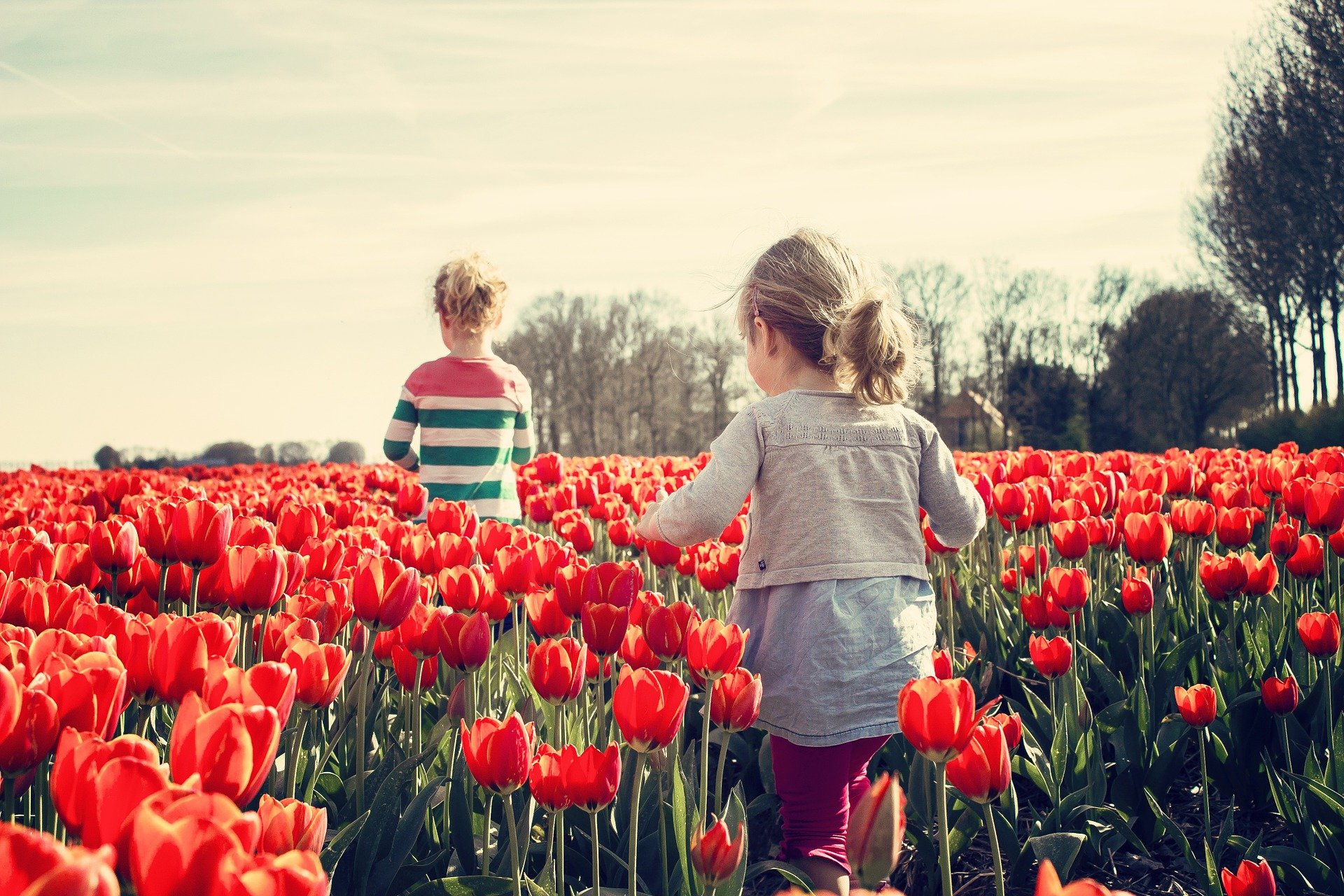TULIPANI …NON SOLO IN OLANDA
Il tulipano appartiene alla famiglia delle Liliaceae e comprende circa 150 specie spontanee dell’Asia Centrale, del Nord Africa e dell’Europa. I tulipani sono tra le bulbose più diffuse nei giardini di tutto il mondo e la loro coltivazione, originaria dell’Asia del Medioriente, risale alla fine del 1500, quando venne introdotta inizialmente nell’Europa centrale, importata dalla Turchia.
Il fogliame del tulipano è in genere di colore verde bluastro, rigido e carnoso, leggermente coriaceo. I fiori sono grandi, a coppa, ed esistono di varie tonalità, dal bianco candido al viola, rosso o arancione; anche i petali possono essere sfrangiati, variegati o striati.
Il paese che produce il maggior numero di tulipani al mondo è l’Olanda anche per quanto riguarda la creazione di nuovi ibridi.
Ma dal 2 aprile 2021 a Bologna, si potrà ammirare un pezzettino di Olanda al “Tulipark”, un’esperienza già presente a Roma, cioè un vivaio nato con la filosofia u-pick (tu raccogli), dove si potranno raccogliere i tulipani, scegliendo tra molte varietà, mentre i bulbi verranno recisi per essere donati in beneficenza. A tale scopo sono stati messi a dimora duecentocinquantamila bulbi. E’ possibile anche prenotare e comporre on line il proprio mazzo di tulipani sul sito del vivaio (www.tulipark.it) con prezzi variabili da pochi euro in su. Non si paga un vero e proprio ingresso ma solo il prezzo dei tulipani raccolti. Prima di raccogliere i tulipani con le proprie mani, una guida presenterà una breve introduzione su come effettuare la raccolta. Il “Tulipark” resterà aperto dal 2 al 30 aprile dalle ore 9 alle ore 18 permettendo così di poter ammirare la fioritura di tutte le varietà presenti. Per evitare assembramenti e rispettare le normative anti-covid è consigliabile prenotare l’ingresso e trattenersi all’interno solo per il tempo necessario alla scelta e raccolta dei fiori. Altre raccomandazioni che vanno rispettate sono l’estrema cautela nel passeggiare all’interno del parco senza calpestare i fiori, tenere i cani al guinzaglio e, in generale, rispettare la natura che in questa stagione ci regala questi magnifici e variopinti colori.
TULIPS… NOT ONLY IN THE NETHERLANDS
The tulip belongs to the Liliaceae family and includes about 150 spontaneous species from Central Asia, North Africa and Europe. Tulips are among the most common bulbous plants in gardens around the world and their cultivation, originally from Middle Eastern Asia, dates back to the late 1500s, when it was first introduced in Central Europe, imported from Turkey.
Tulip foliage is typically bluish green, stiff and fleshy, slightly leathery. The flowers are large, cupped, and exist in various shades, from pure white to purple, red or orange; even the petals can be frayed, variegated or streaked.
The country that produces the largest number of tulips in the world is Holland also when it comes to the creation of new hybrids.But from 2 April 2021 in Bologna, it will be possible to admire a piece of Holland at the “Tulipark”, an experience already present in Rome, that is a nursery born with the u-pick philosophy (you collect), where you can collect tulips, choosing from many varieties, while the bulbs will be cut to be donated to charity. For this purpose, two hundred and fifty thousand bulbs have been planted. It is also possible to book and compose your own bouquet of tulips online on the nursery website (www.tulipark.it) with prices ranging from a few euros upwards. You do not pay a real entrance but only the price of the tulips collected. Before harvesting tulips with your own hands, a guide will present a brief introduction on how to harvest. The “Tulipark” will remain open from 2 to 30 April from 9 to 18 allowing you to admire the flowering of all the varieties present. To avoid gatherings and comply with anti-covid regulations, it is advisable to book the entrance and stay inside only for the time necessary to choose and collect the flowers. Other recommendations that must be respected are extreme caution in walking around the park without stepping on the flowers, keeping dogs on a leash and, in general, respecting nature that gives us these magnificent and colorful colors this season.
Tania Mantellassi
